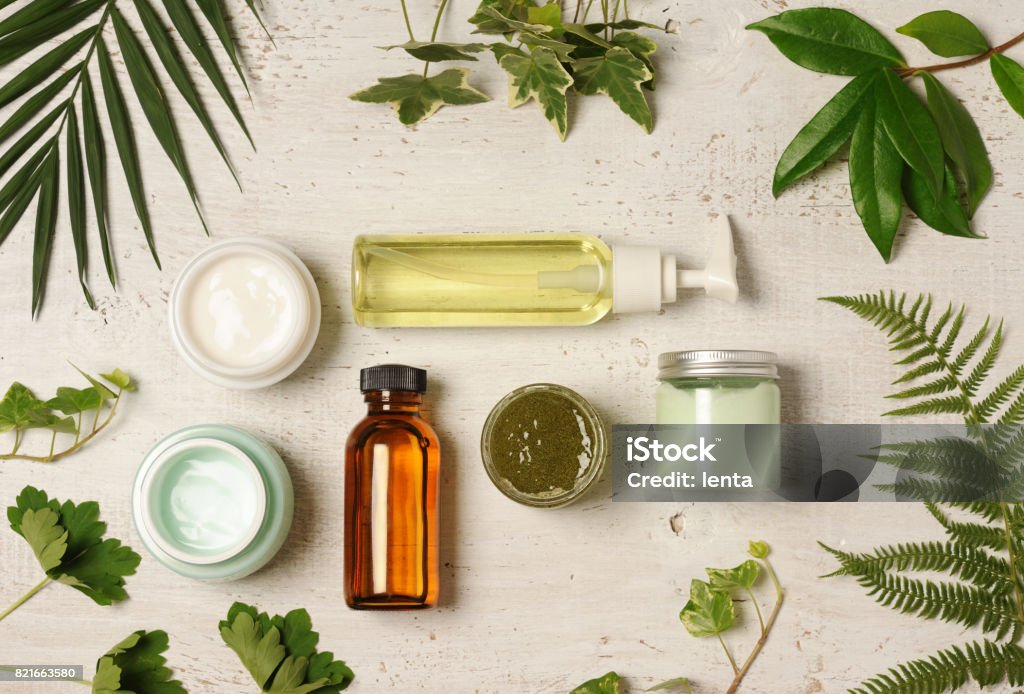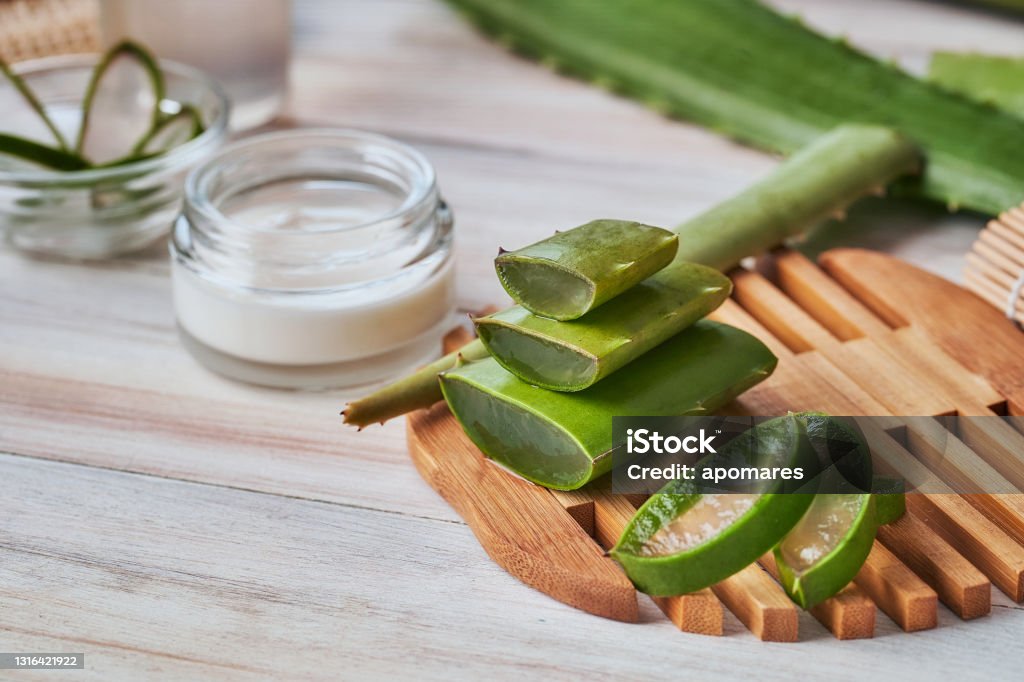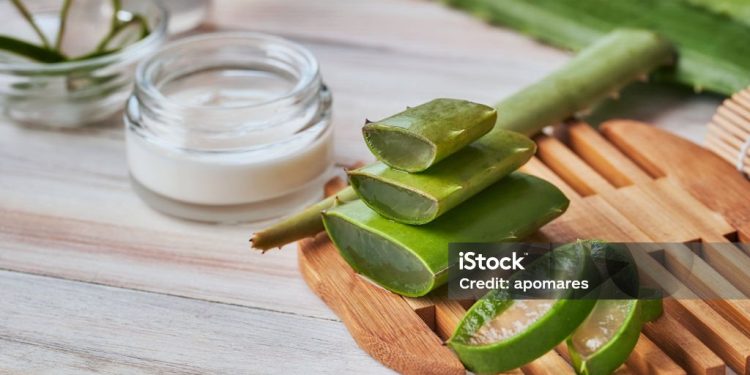These days, it seems like everyone is turning to prescription drugs and manufactured treatments for relief, but is that necessary?
Herbal medicines have the capacity to cure and enhance physical and emotional well-being, and many people still turn to them despite all of these manmade alternatives.
Among the 252 medications deemed “basic and essential” by the WHO at the turn of the millennium, 11% were “exclusively of flowering plant origin.” Medications originating from plants include morphine, codeine, and quinine.

Even if these synthetic medications have grown indispensable, it’s reassuring to know that we may still rely on nature’s healing properties by selecting from various herbal remedies.
If you are interested in learning more about herbal medicines and would like to include them in your life, we hope this guide will serve as a good beginning point. Always with your physician before beginning a new health regimen. With that out of the way, we present to you five at-home applications of the most well-known herbal remedies in the world.
1. Oral dissolvable & capsules
Herbal supplements are most commonly found in pill or capsule form at health food stores and pharmacies, and they are also among the most convenient ways to consume them. Popping the tablets into your mouth is as easy as opening the container. And if you’re inclined towards the idea of purchasing kratom in Canada, be assured it’s readily available in the form of capsules and powder.
These are the herbal treatments most commonly used in research, so you can be sure you’re getting the right amount. You might not know what you’re getting or the quantity of the active component you need with other forms.
2. Teas and Infusions
Steeping fresh or dried plant parts (such as stems, leaves, or flowers) in boiling water releases their active compounds, making them suitable for teas and infusions. The anti-inflammatory qualities of the bark of willow and ginger make them two teas used to treat arthritis.
Seek the advice of an herbalist or a doctor trained in traditional Chinese medicine to determine the appropriate dosage while utilizing loose herbs. But nowadays, you can get a wide variety of herbal teas sold in pre-measured containers in supermarkets and health food stores. While discussing the availability of standardized tea bags, many different tea firms provide them.
His recommended steeping time for tea is fifteen to twenty minutes. That’s the sweet spot for getting the most out of the product without going overboard. When brewed for too long, certain teas might even cause injury. For instance, the tannins of black tea can become carcinogens when brewed for over an hour.
3. Topical preparations like creams and gels
You can get topical formulations of herbal treatments in the shape of creams, gels, patches, or compresses.
When dealing with arthritic pain, try using a gel made of arnica or comfrey. While capsaicin-containing pain relievers are effective, they come with a risk of burning and skin irritation. Typically, the packaging will indicate the dosage advised for these items.

4. Tinctures, liquids, and extracts
Oils, beverages infused with herb extracts, and tinctures are some of the many liquid herbal remedies available. Evaporation is another method for drying extracts. Then, pills and capsules made from dry extracts like curcumin and Boswellia serrata are prepared.
Concentration is often higher in tinctures and extracts compared to other goods. “Tinctures are typically stronger than capsules, in my experience. Moreover, there are other comparable options, such as liquid capsules containing the tincture’s contents.
Depending on their type, the dosage of these products might vary. Three cups of tea daily or one to three tablespoons of tincture daily are examples of doses. For this reason, it may be prudent to seek the advice of a herbalist or holistic health expert to determine the optimal dosage for your condition.
5. Cooking with herbs
You can spice up your meals using herbs like ginger and turmeric. One can cultivate their herbs, buy them fresh from a market, or even buy them dried. It depends on your purpose and intended use, but the dry version is generally more effective.

When cooking, certain herbs require a bit more help than others. If you want your body to absorb turmeric correctly, cook it with fat, such as cooking oil, and add black pepper.
Although incorporating herbs into your cuisine is always a good idea, don’t think that eating a couple of curry dishes with turmeric would magically alleviate joint pain. Arthritis sufferers may need more than just an anti-inflammatory spice, according to Chris D’Adamo, Ph.D.
In the end!
Finally, a complementary and integrative strategy for health and wellness can be achieved by using medicinal herbs in daily home routines. Numerous advantages might be yours if you grow your herbs, make herbal teas, make calming salves, infused oils, or even use herbs in your cooking.
Over the years, people from all walks of life have recognized the many benefits of these all-natural cures, including the possibility of physical recovery, a stronger bond with nature, and a more deliberate approach to self-care.
Enhance your general health and find a harmonic balance between modern life and traditional herbal medicine practices by discovering the many methods to utilize medicinal herbs at home. The path to a better, more sustainable living may be enlightening if one embraces nature’s medicinal properties.


 Home
Home










